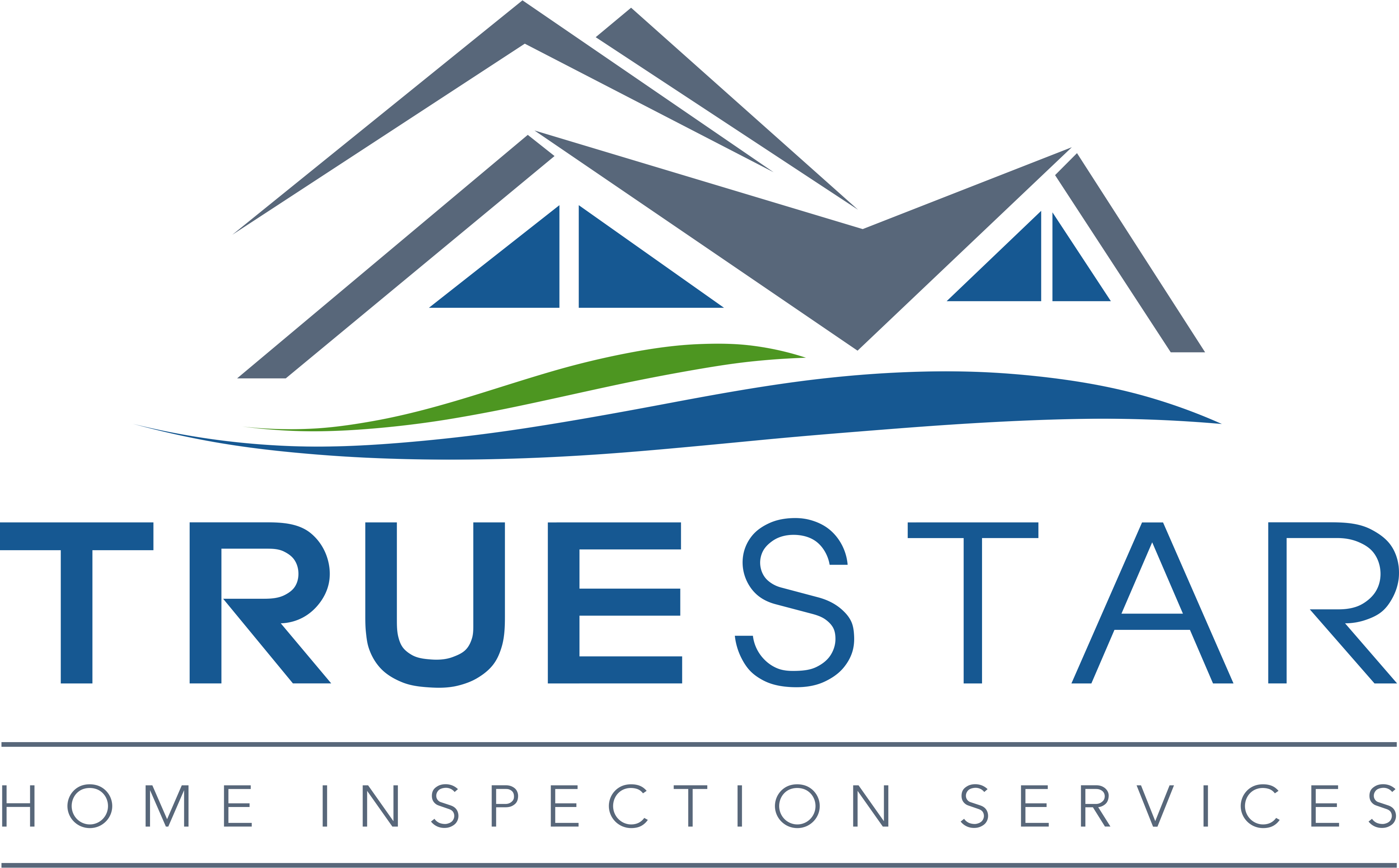-
What You Need To Protect Your Family From Deadly Carbon Monoxide?
Some facts to consider.
When we think of Carbon MonoxidePoisoning with think about cars being left running in the garage for aprolonged period of time . But the reality is that Carbon Monoxide (CO) isactually a by-product of combustion whether from a car, a wood fireplace, gasappliances and/or furnaces. The important requirement is effective venting ofthe Carbon Monoxide .Whether out the chimney or by opening the home's doors ,ventingneeds to happen.
What about the other “detectors” sold atretailers and home centers?
Infants, children, elderly, peoplewith respiratory or heart ailments are provided little or no protection fromdeadly CO with standard alarms. Long-term exposure to low-level CO above 15 ppmcan cause illness and even permanent disabilities.
Store-bought detectors don’t alarmuntil unsafe levels of 70 ppm or higher are present at the unit for 3-1/2hours! By then it may be too late. Plug-in models don’t always allow for properplacement and don’t work during power outages.
I have heard from experts in thefield that the reason the alarm level was set at 70 ppm was because the callsfrom home owners reporting the low-level alarms were so numerous that the FirstResponders were run off their feet. The challenge was taht when they arrived atthe home and opened the doors in thehouse the dilution by fresh air made it almost impossible to identify thesource without extensive testing.
Are low-level CO monitors available?
There are low-level monitor senses COlevels as low as 5 ppm (parts per million).One model is the NSI-3000 (This isnot a commercial endorsement, rather just one model that is available). Low-LevelMonitors are more expensive but isn’t that a small price to pay for your family’ssafety.
However, there is help out there.Certified personnel have CO Monitors that can seek out the source of CarbonMonoxide. I recommend that all homes have CO inspections done on all COgenerating equipment and appliances. Once the source is identified it can berectified and your home will be safe again. Regular scheduled maintenance willprotect you from the hazards of Carbon Monoxide.


